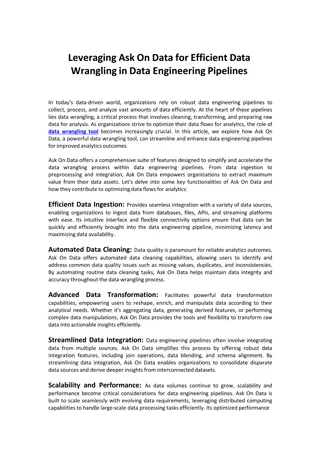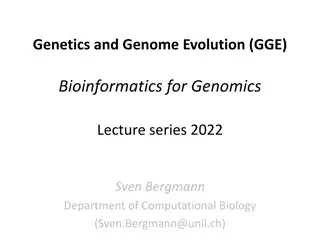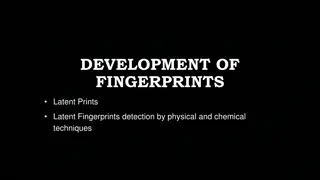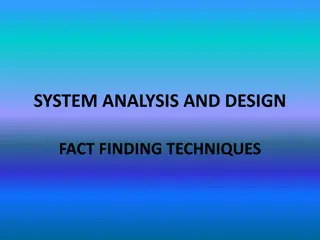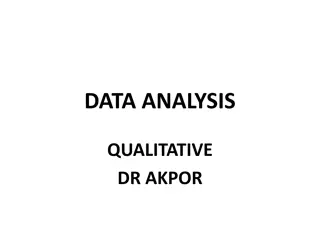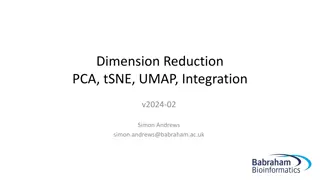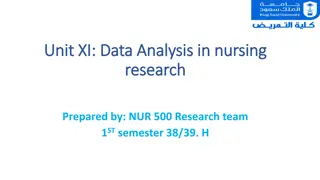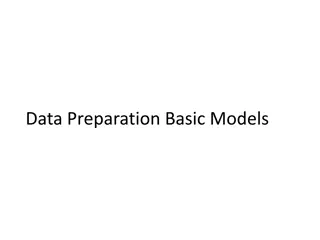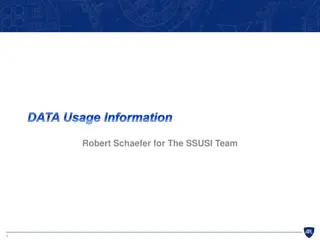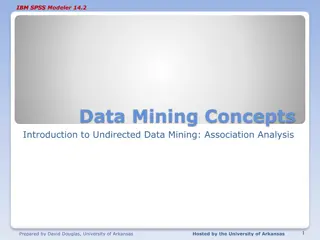xtTime.t and Data Analysis Techniques
Explore slides on various data analysis techniques, including autoregressive models, time series visualization, and statistical analysis. Learn about xtTime.t, AR models, data transformation, and more for comprehensive data analysis insights.
Download Presentation

Please find below an Image/Link to download the presentation.
The content on the website is provided AS IS for your information and personal use only. It may not be sold, licensed, or shared on other websites without obtaining consent from the author.If you encounter any issues during the download, it is possible that the publisher has removed the file from their server.
You are allowed to download the files provided on this website for personal or commercial use, subject to the condition that they are used lawfully. All files are the property of their respective owners.
The content on the website is provided AS IS for your information and personal use only. It may not be sold, licensed, or shared on other websites without obtaining consent from the author.
E N D
Presentation Transcript
xt Time t
73, 67, 83, 53, 78, 88, 57, 1, 29, 14, 80, 77, 19, 14, 41, 55, 74, 98, 84, 88, 78, 15, 66, 99, 80, 75, 124, 103, 57, 49, 70, 112, 107, 123, 79, 92, 89, 116, 71, 68, 59, 84, 39, 33, 71, 83, 77, 37, 27, 30.
? ? ? ?(?,?) ?? ?? ?,? ??+1??+2 ??
xt xt-1 et vs. 1. et t 140 120 100 xt 80 60 40 20 xt-1 0 20 40 60 80 100 120 140 0
80 80 60 60 40 40 et e 20 20 0 0 0 0 20 40 60 80 100 120 -3 -2 -1 1 2 3 -20 -20 z -40 -40 80 -60 -60 60 -80 -80 40 et 20 t 0 10 20 30 40 50 0 -20 -40 -60 -80
xt ? AR(2): AR(3):
??(?) ?
?? a0a1 a2
t=3 n. n-2
xt-k = xt k ? k t
?(0,1/?) ? 1 ? ? ? z1 ? ? ? ? z1 ? ? ? z1 ? 2 , ? + ? z1 ? ? 2
80 60 e 40 = 43702.08 20 0 0 -3 -2 -1 1 2 3 -20 z -40 -60 -80
t xt-a0
q=8 Autocorrelation rk 0 Lag k rk
k p p ap: p ap p p p=8 rk PACF(k) 0 Lag k k




